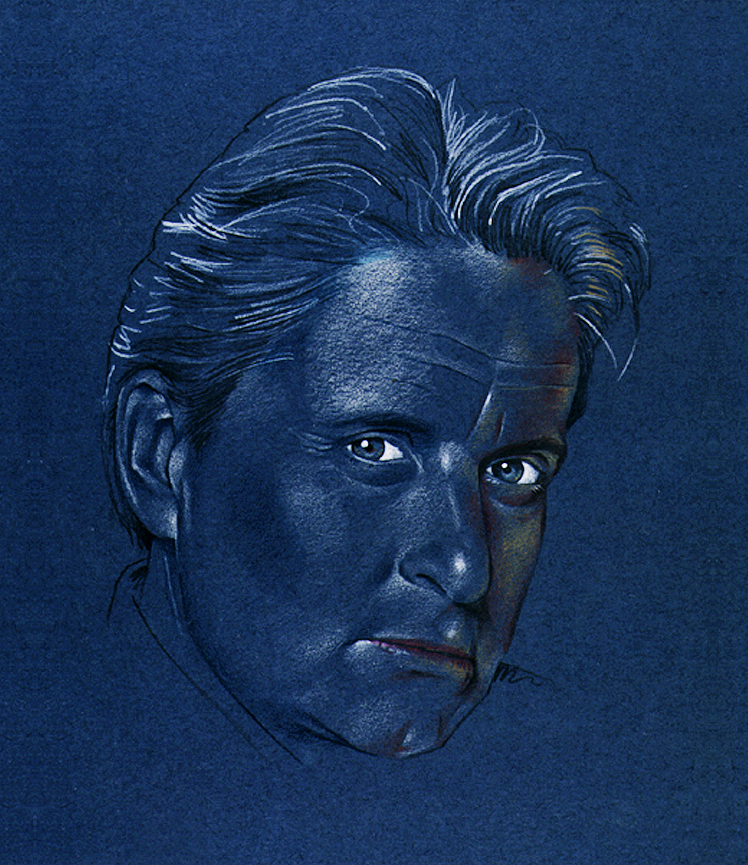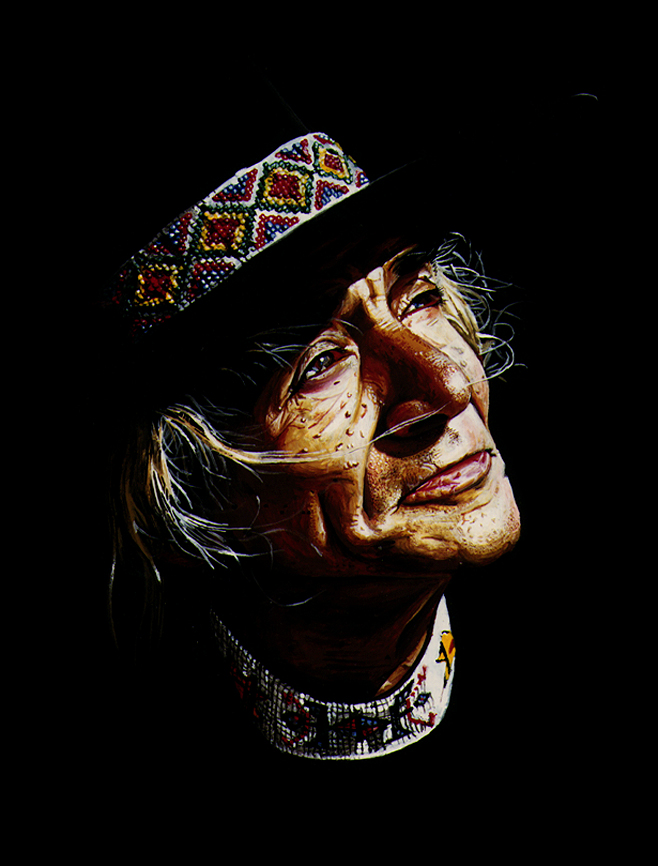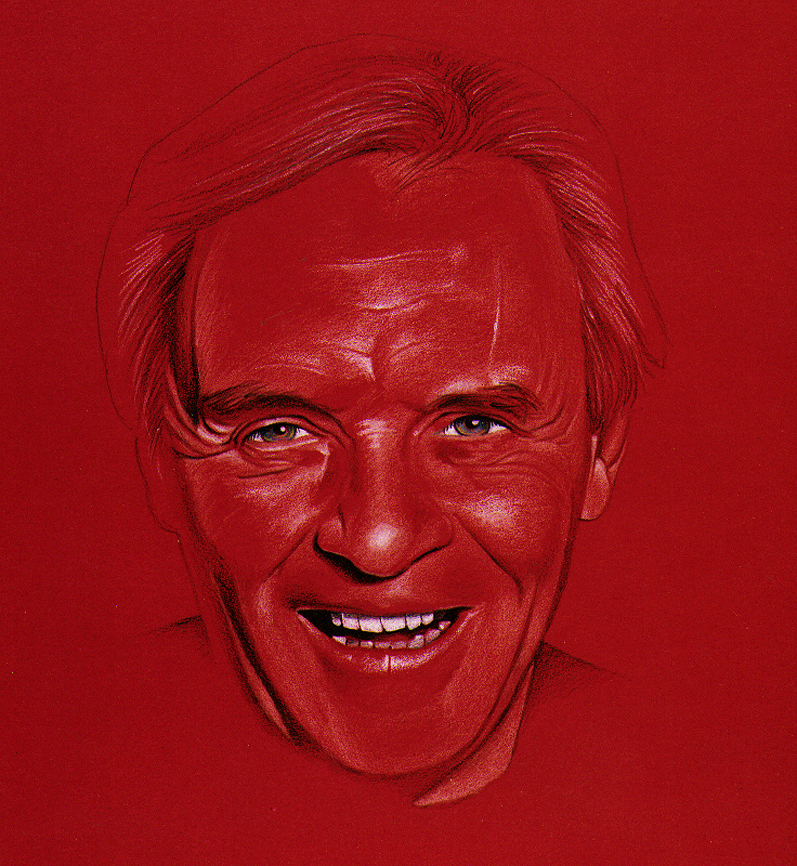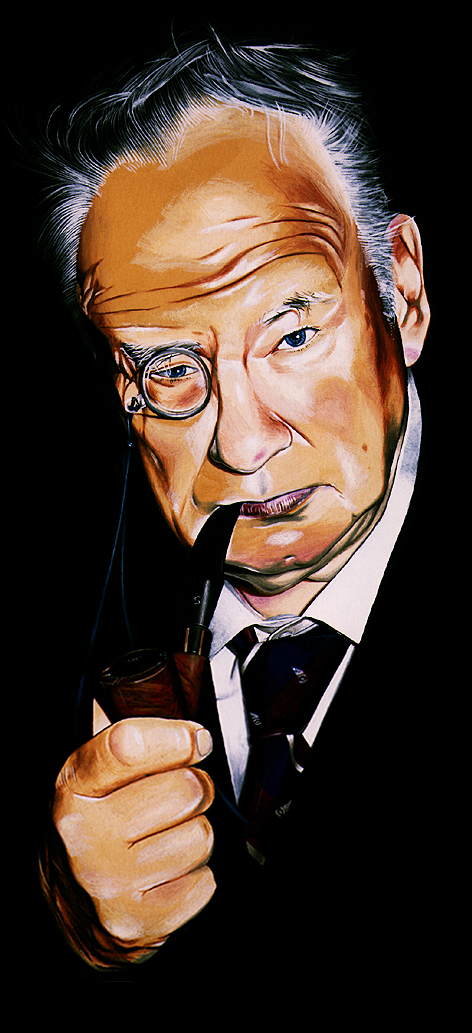Whenever I lecture on design career paths and take a journey along my own creative timeline, I find that behind the twists and turns there are no regrets. Each new choice has resulted in a fresh set of challenges, life-lessons and opportunities.
Before focusing on graphic design, I had a calling to be an artist. Yes, one of those easel-munching, brush-wielding, weirdy-beardies but before I had a chance to sign up for a fine art degree, it turned out that my original calling wasn’t shouting loud enough and my practicality gene kicked in.
I realised that my enrolment into higher education should result in more than a piece of paper qualifying me to sit in a loft painting priceless masterpieces in exchange for soup and soap. Graphic design would become my friend and provide a sensible wage to supplement cars, gadgets, a wife and children.
This was the early 90s and the cult of celebrity hadn’t quite become the all-consuming monster it is today. Simon Cowell wasn’t yet selling a dream of fame for fame’s sake so I decided to launch a parallel career whilst at college studying the art of typography, branding and page-layouts. Never one to give up on a dream, I would paint celebrity portraits under the professional guise of ‘Artistic License’.
The fact that I had branded myself as a serious contender opened more doors than a smock and beret ever would. Having worked on a newspaper before starting college also helped, with a group of entertainment journalists (and their contacts) at my disposal.
The first portrait I ever tackled was born from a series of photographs taken of ‘Little Eagle’ – a genuine Sioux chief living and working in... Cornwall.
This one painting focussed my creative style and began a partnership with guache, pencil and card that would last for the next three years, resulting in commissions for a diverse collection of extraordinary characters, including Chris Eubank, George Melly, Patrick Moore, Michael Douglas, Tiff Needel, Bernard Cribbins, Robert Hardy and numerous leaders within the business and sports communities.
So why didn’t I carry on? Well, the cult of celebrity eventually caught up and PA’s were no longer willing to give the same level of access I had previously enjoyed. At the same time, I had graduated and needed some focus – graphic design won.
This is the point where I usually explain to eager students looking for some direction that each stage in my career has enriched the next. Running Artistic License as a company provided invaluable financial, operational and social experience when it came to starting my creative agency Fijit.
The ability to translate creative thinking into creative communication is a useful skill that has followed me from job to job and I still believe passionately that a designer should always be able to focus their preliminary thoughts into effective imagery. Dexterity with a pen or pencil should always precede the digitized phase on a Mac.
I now struggle to find time to get as ‘hands on’ as I used to. The last portrait I tackled was Tim Burton’s, as featured in my blog entry Gone For a Burton. I am however looking forward to more illustration work in some of our forthcoming Brandwidth iPad apps with innovative storytelling and games.
I will always look back fondly on the celebrity portrait world and I intend to write more on the challenges, rewards and antics at a later date. Accusations of wrong eye colouring by Bernard Cribbins, xylophone lessons with Patrick Moore or blocking Michael Douglas into Leicester Square with a taxi thanks to our late film premiere arrival – all part of a designer’s rich career tapestry!







